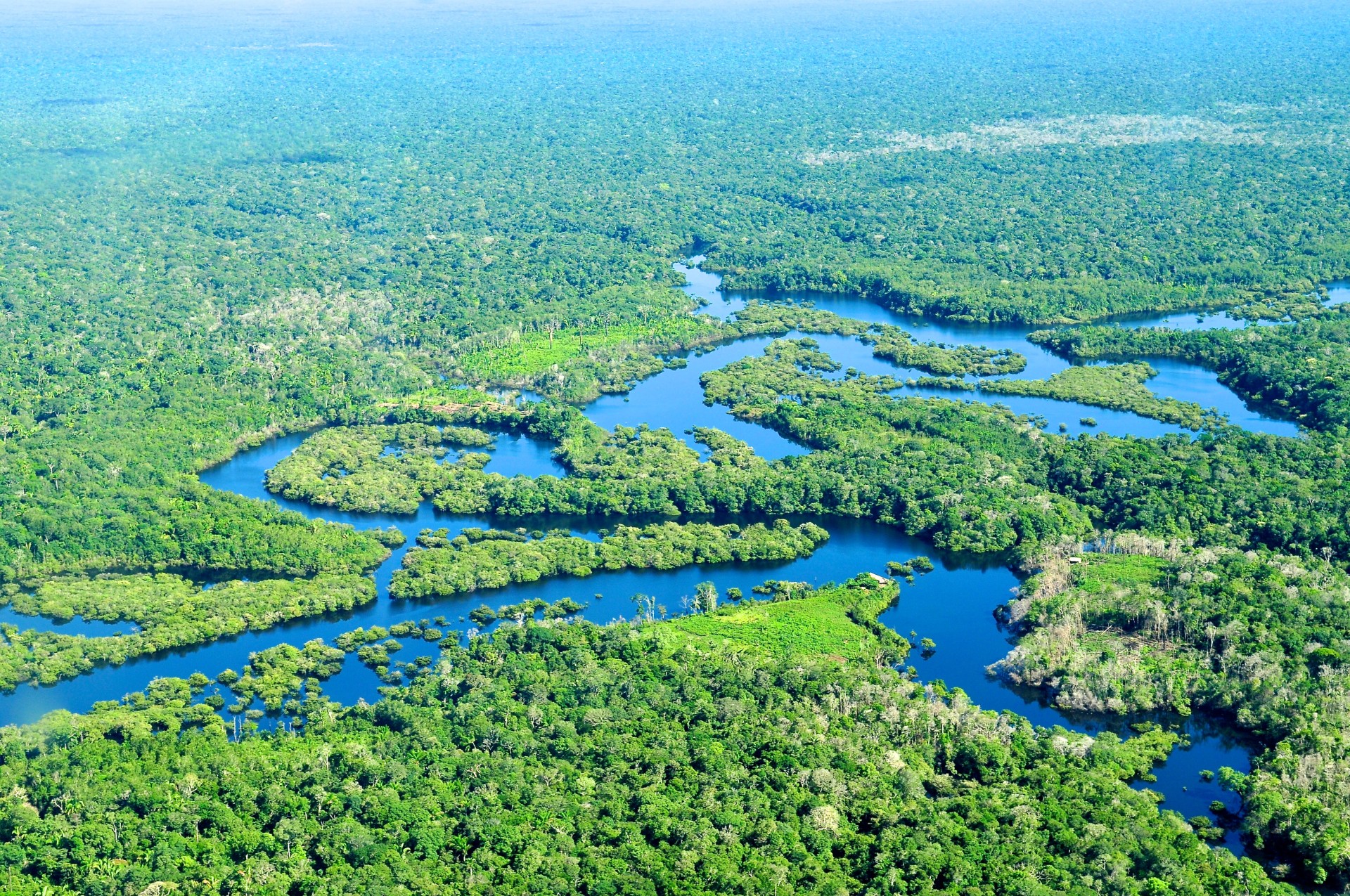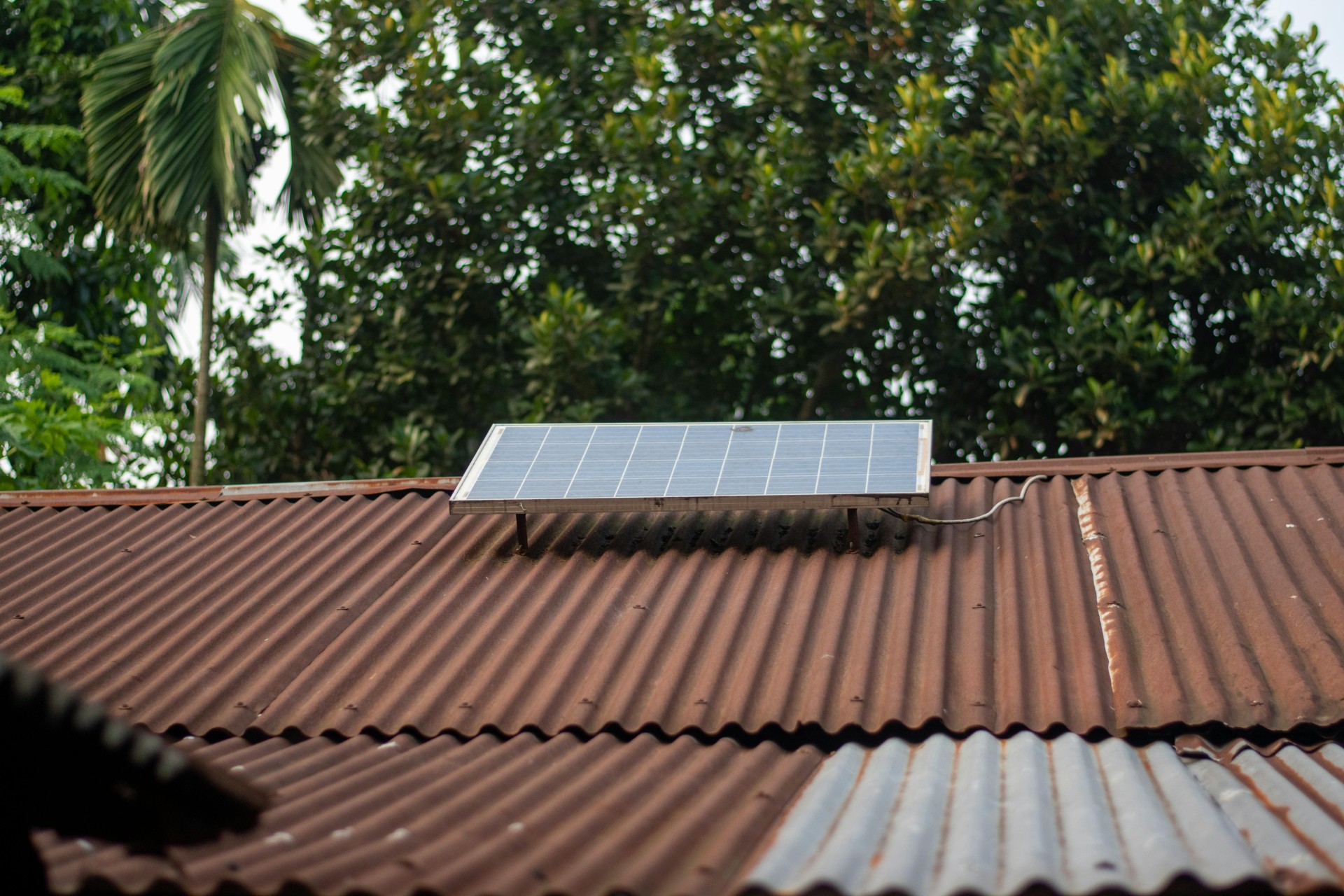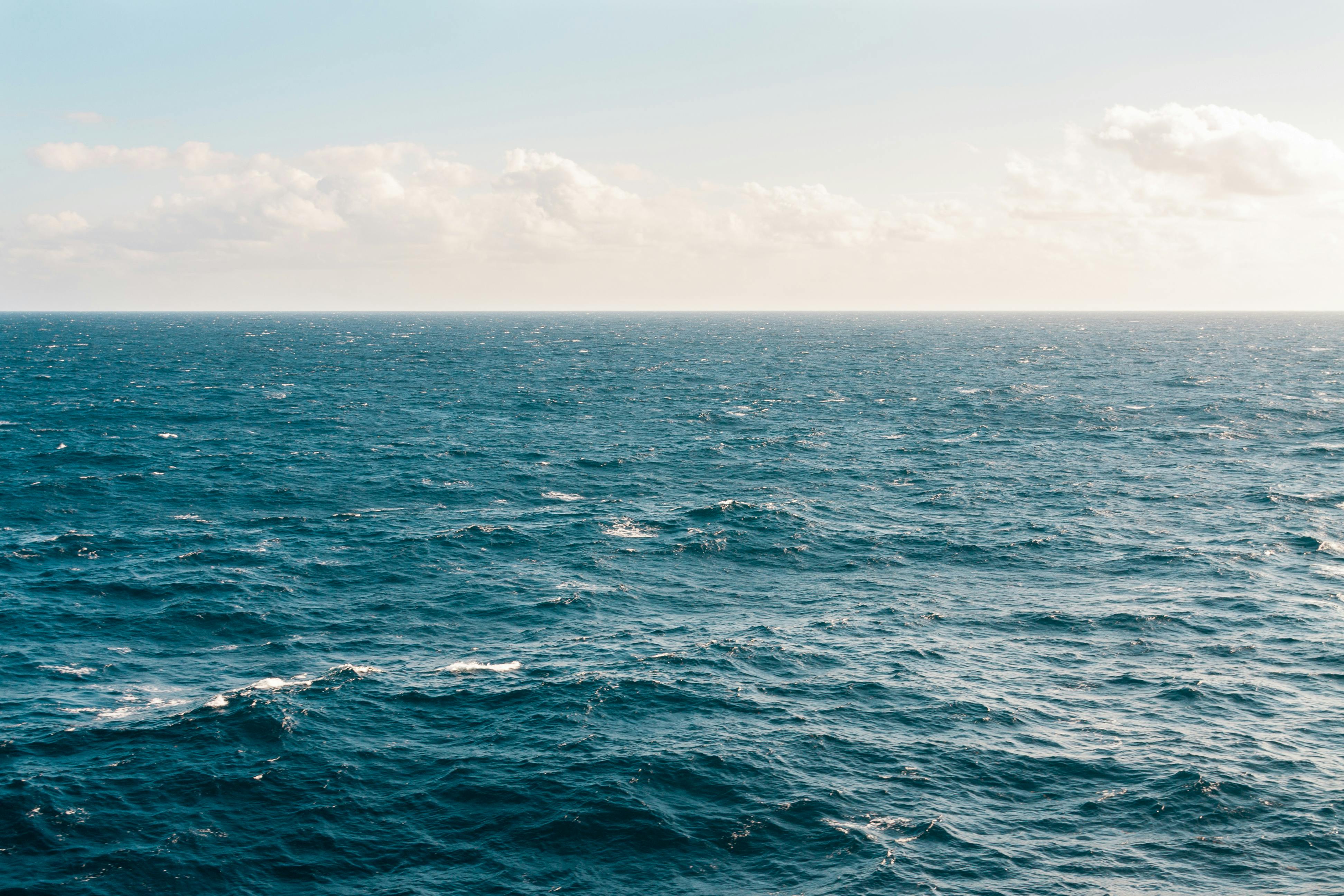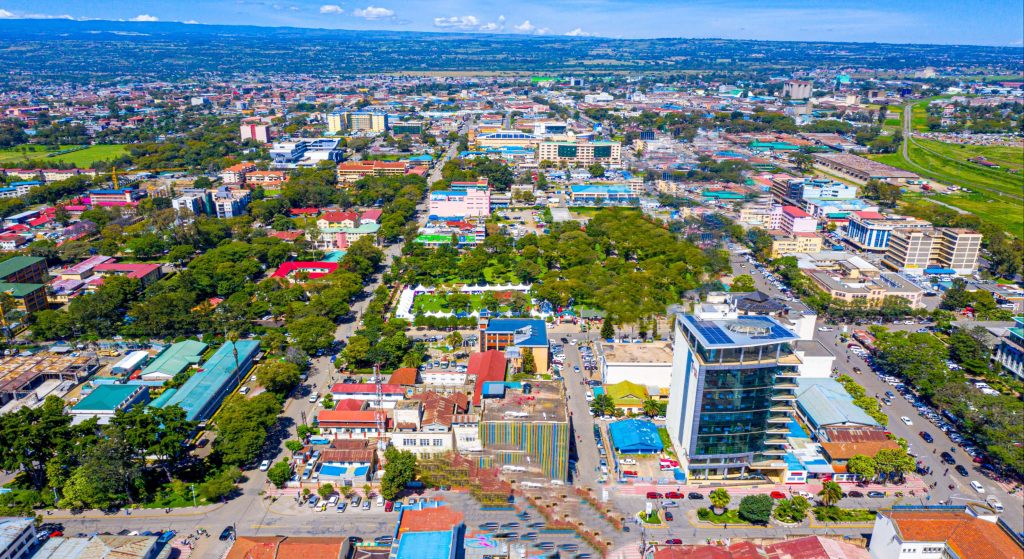- They are called “rain” forests because they receive a significant amount of rain (at least 2540mm) annually.
World Rainforest Day, celebrated on the 22nd day of June annually, is set aside to celebrate the importance of healthy rainforests for climate and biodiversity. This year’s theme was 'Empowering the World in Defense of Our Rainforests.'
The day was first observed in 2017 by Rainforest Partnerships, an international non-profit organization based in Austin, Texas. It is tasked with regenerating tropical rainforests through community-based projects in the Amazon.
The initiative was formed to raise awareness and attention to the significance of rainforests. Although rainforests cover only 6 per cent of the earth’s surface, they are the habitats of over half of the world's plant and animal species. Rainforests are also responsible for regulating the climate and sequestering carbon.
Rainforests contribute to atmospheric rivers formed from water vapour from leaves.
They are called “rain” forests because they receive a significant amount of rain (at least 2540mm) annually.
Read More
The biggest rainforest in the world is the Amazon Rainforest in South America. It is home to over 40,000 plant species, 3000 fish, 1300 birds, 1000 amphibians, 430 mammals and 400 reptiles. Other significant rainforests in the world include the Congo rainforest (Africa), the Autraliasian Realm (Australia), Sundaland (Asia), Indo Burma (Asia), Mesoamerica (North America), Wallacea (Asia), Guinean Forests of West Africa, Atlantic Forest (South America) and Chocó-Darien (South America).
In Kenya, Kakamega forest is the country’s last rainforest, with vegetation that decorates the slopes of Mt Elgon. It is home to hedgehogs, bush pigs, tree pangolins, and colobus monkeys. It also houses the continent’s rarest trees, 60 species of orchids, 367 bird species, and about 500 butterfly species.







